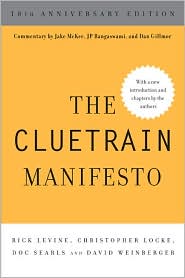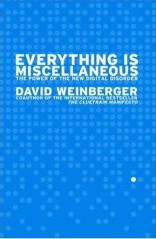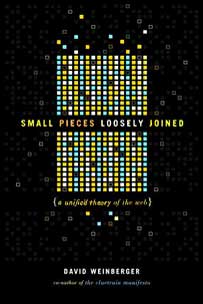December 12, 2022
The Social Construction of Facts
To say that facts are social constructions doesn’t mean everything put forward as a fact is a fact. Nor does it mean that facts don’t express truths or facts are not to be trusted. Nor does it mean that there’s some unconstructed fact behind facts. Social constructionists don’t want to leave us in a world in which it’s ok to sat “No, it’s not raining” in the middle of a storm or claim “Water boiled at 40C for me this morning under normal circumstances.”
Rather the critique, as I understand it, is that the fact-based disciplines we choose to pursue, the roles they play, who gets to participate, the forms of discourse and of proof, the equipment invented and the ways the materials are handled (the late Bruno Latour was brilliant on this point, among others), the commitment to an objective and consistent methodology (see Paul Feyerabend), all are the result of history, culture, economics, and social forces. Science itself is a social construct (as per Thomas Kuhn‘s The Structure of Scientific Revolutions [me on that book]). (Added bonus: Here’s Richard Rorty’s review of Ian Hacking’s excellent book, The Social Construction of What?)
Facts as facts pretty clearly seem (to me) to be social constructions. As such, they have a history…
Facts as we understand them became a thing in western culture when Francis Bacon early in the 17th century started explicitly using them to ground theories, which was a different way of constructing scientific truths; prior to this, science was built on deductions, not facts. (Pardon my generalizations.)
You can see the movement from deductive truth to fact-based empirical evidence across the many editions of Thomas Malthus‘ 1798 book, An Essay on the Principle of Population, that predicted global famine based on a mathematical formula, but then became filled with facts and research from around the world. It went from a slim deductive volume to six volumes thick with facts and stats. Social construction added pounds to his Malthus’ work.
This happened because statistics arrived in Britain, by way of Germany, in the early 19th century. Statistical facts became important at that time not only because they enabled the inductive grounding of theories (as per Bacon and Malthus), but because they could rebut people’s personal interests. In particular, they became an important way to break the sort of class-based assumptions that made it seem to t be ok to clean rich people’s chimneys by shoving little boys up them. Against this were posed facts that showed that it was in fact bad for them.
Compiling “blue books” of fact-based research became a standard part of the legislative process in England in the first half of the 19th century. By mid-century, the use of facts was so prevalent that in 1854 Dickens bemoaned society’s reliance on them in Hard Times on the grounds that facts kill imagination…yet another opposite to facts, and another social construction.
As the 19th century ended, we got our first fact-finding commissions that were established in order to peacefully resolve international disputes. (Narrator: They rarely did.) This was again using facts as the boulder that stubs your toe of self-interest (please forget I ever wrote that phrase), but now those interests were cross-national and not as easily resolvable as when you poise the interests of lace-cuffed lords against the interests of children crawling through upperclass chimneys.
In the following century we got (i.e., we constructed) an idea of science and human knowledge that focused on assembling facts as if they were bricks out of which one could build a firm foundation. This led to some moaning (in a famous 1963 letter to the editor) that science was turning into a mere “brickyard” of unassembled facts.
I’m not a historian, and this is the best I can recall from a rabbit hole of specific curiosity I fell into about 10 yrs ago when writing Too Big to Know. But the point is the the idea of the social construction of science and facts doesn’t mean that all facts — including “alternative facts” — are equal. Water really does boil at 100C. Rather it’s the idea, role, use, importance, and control of facts that’s socially constructed.








